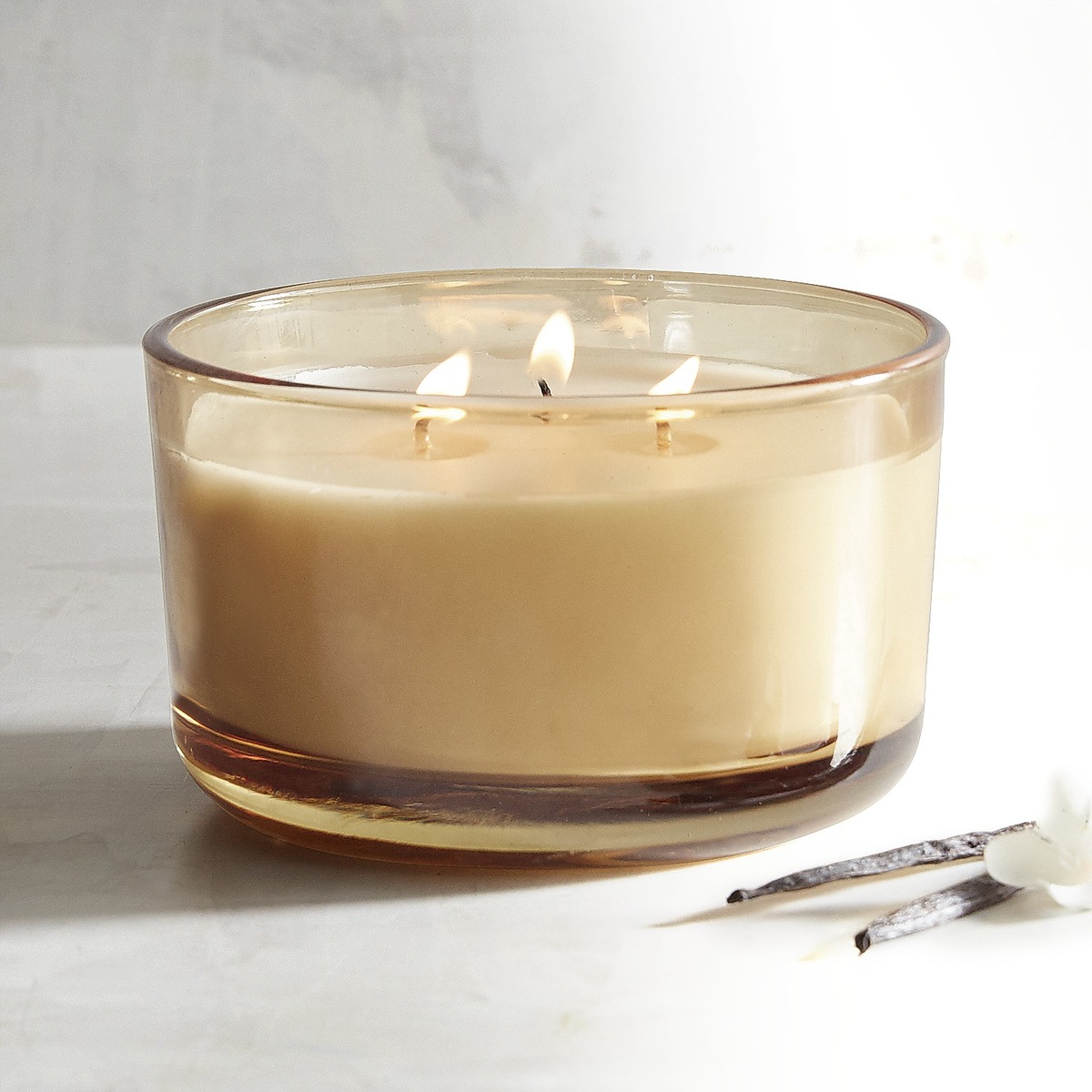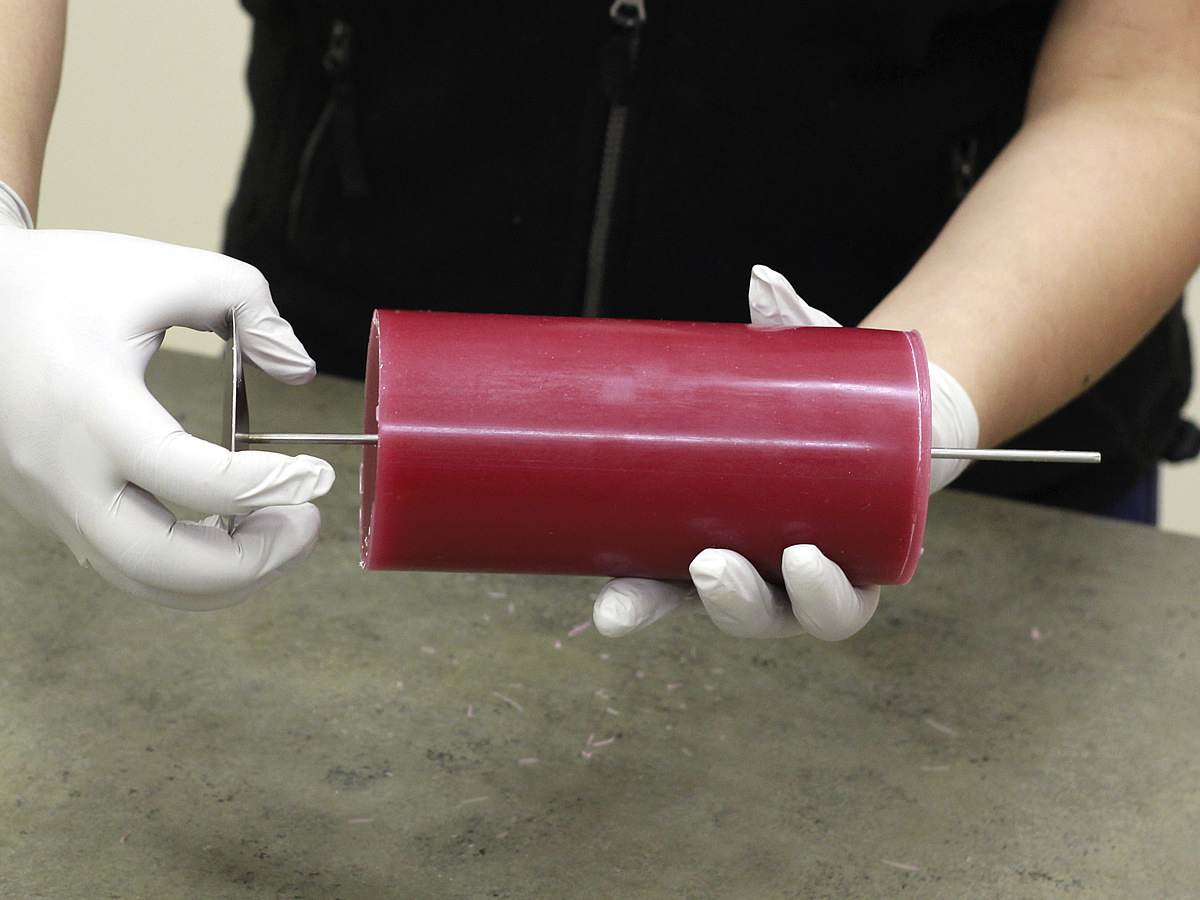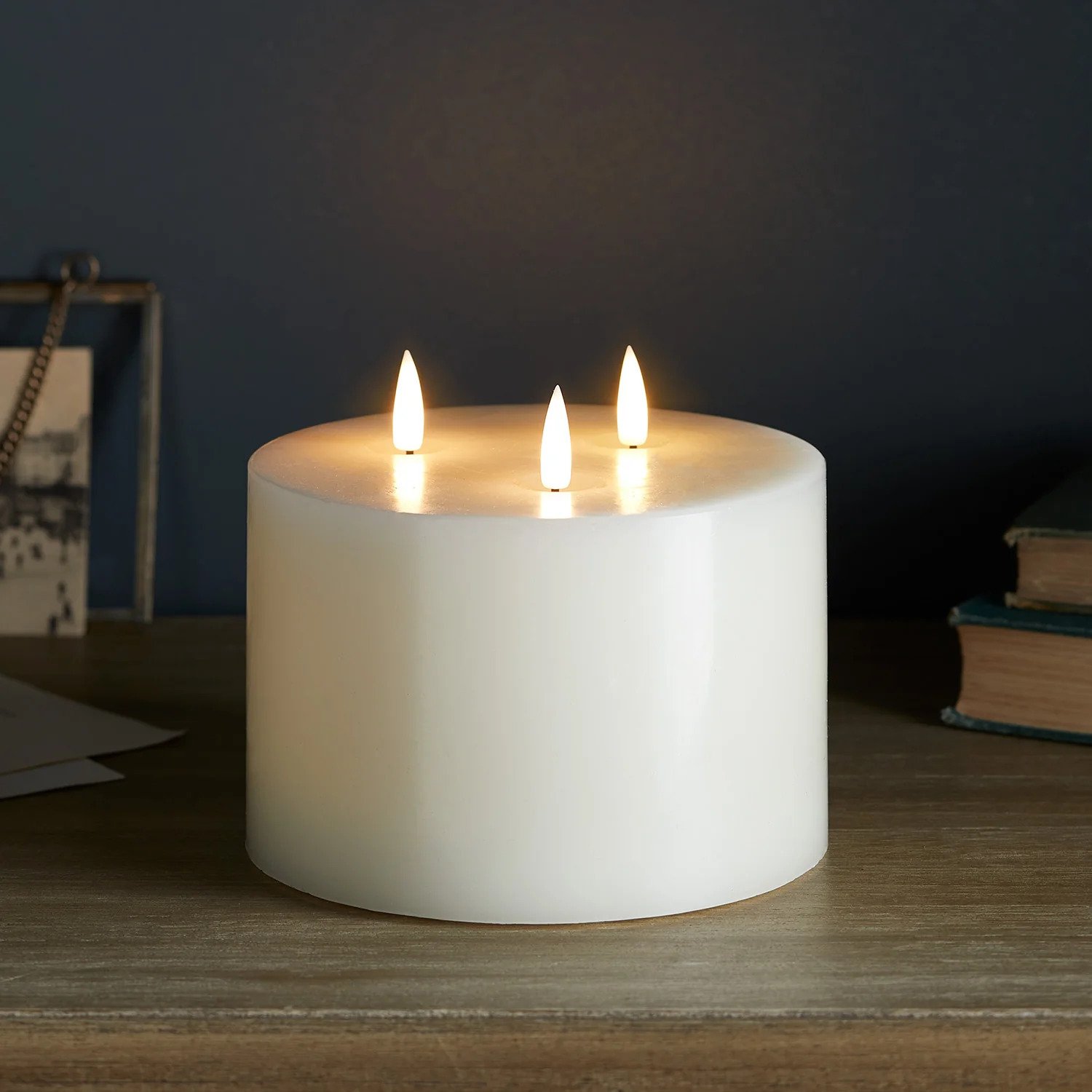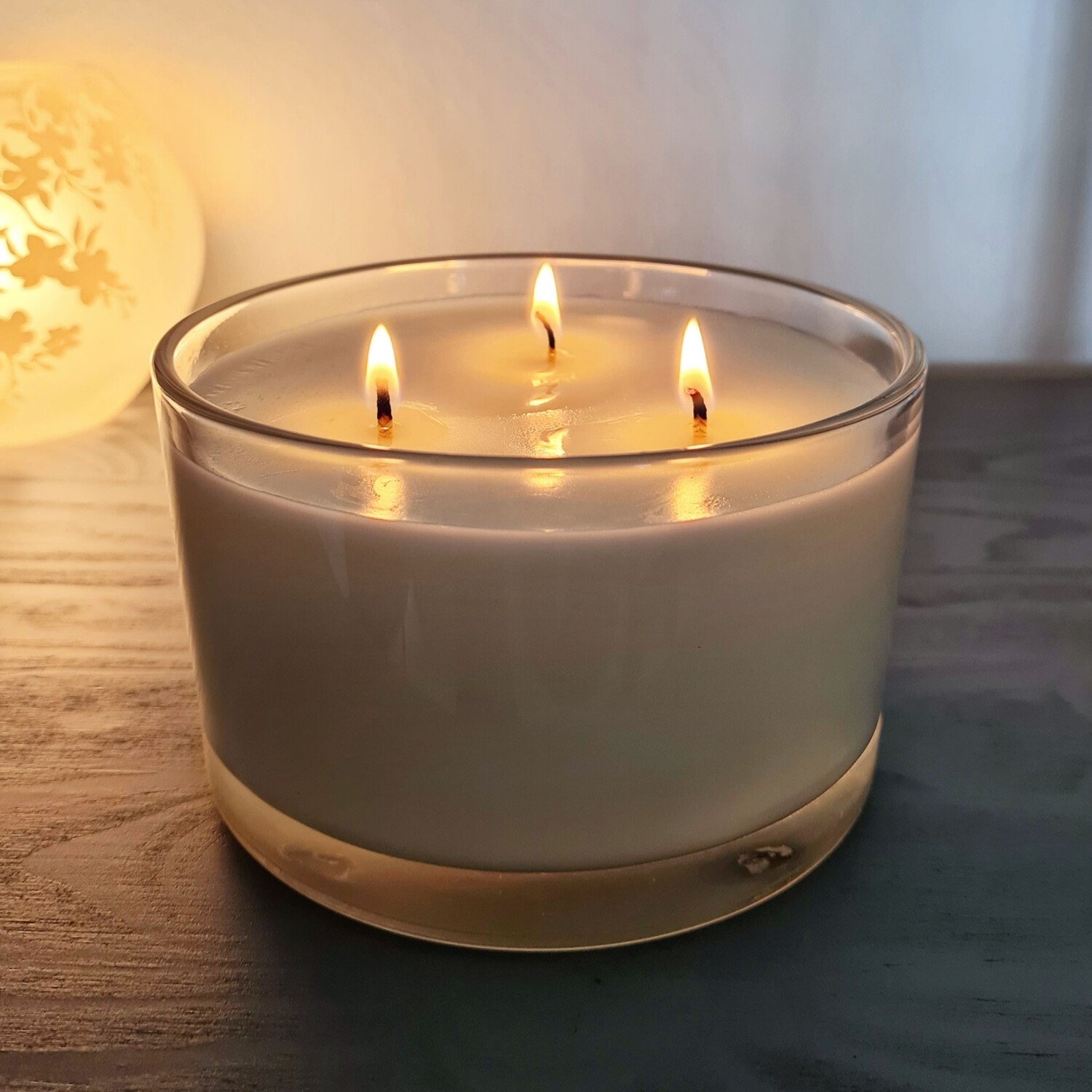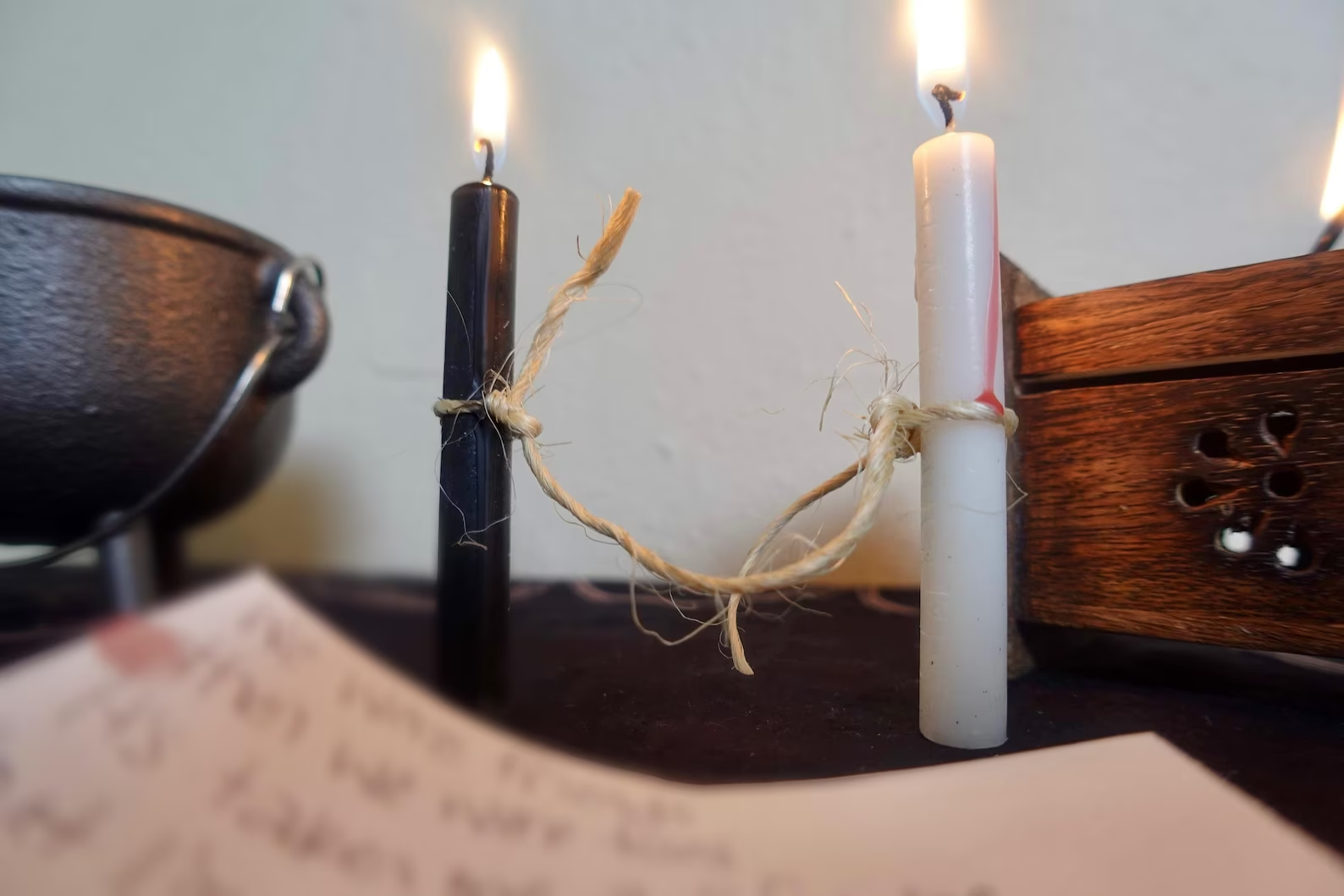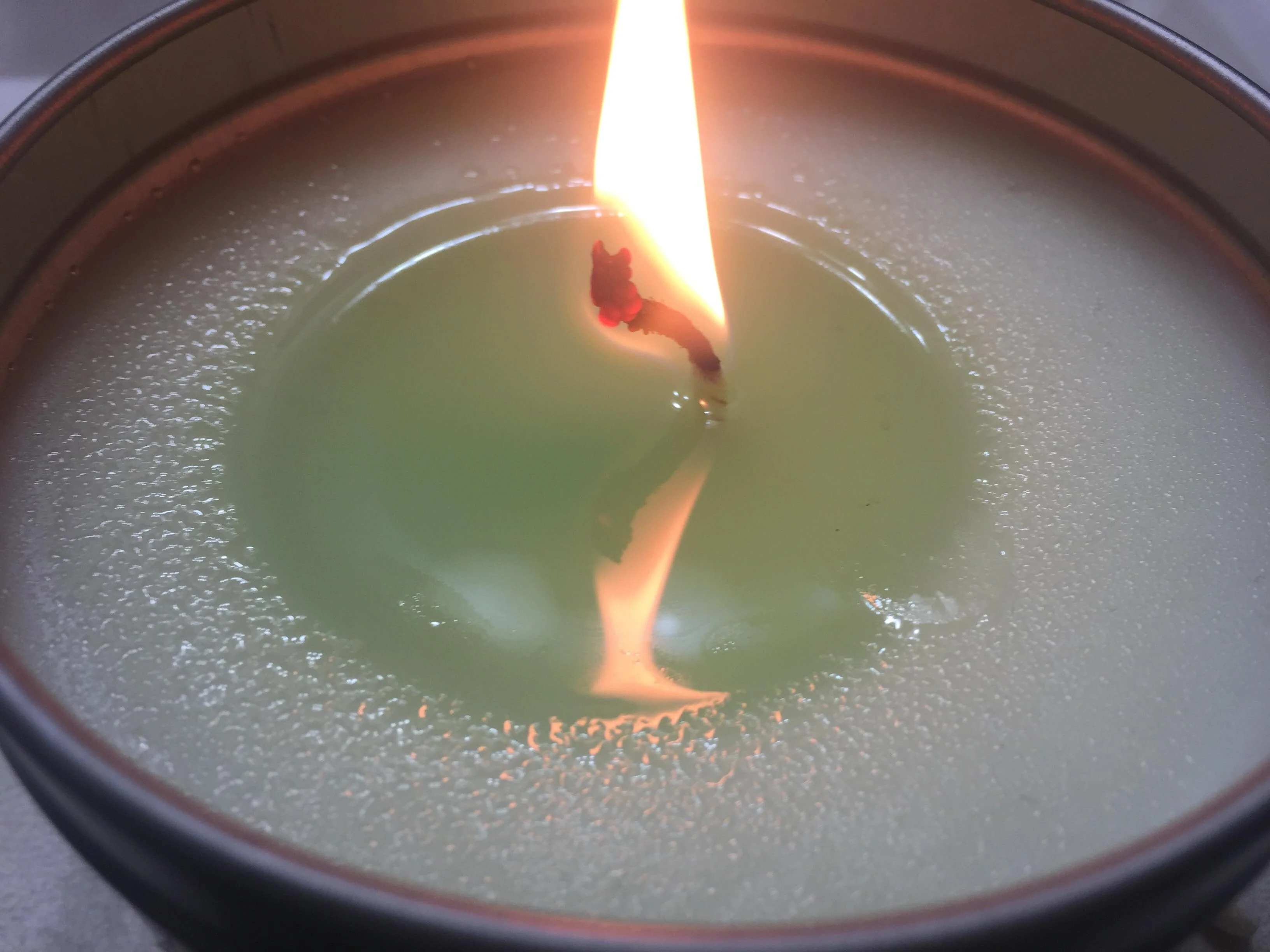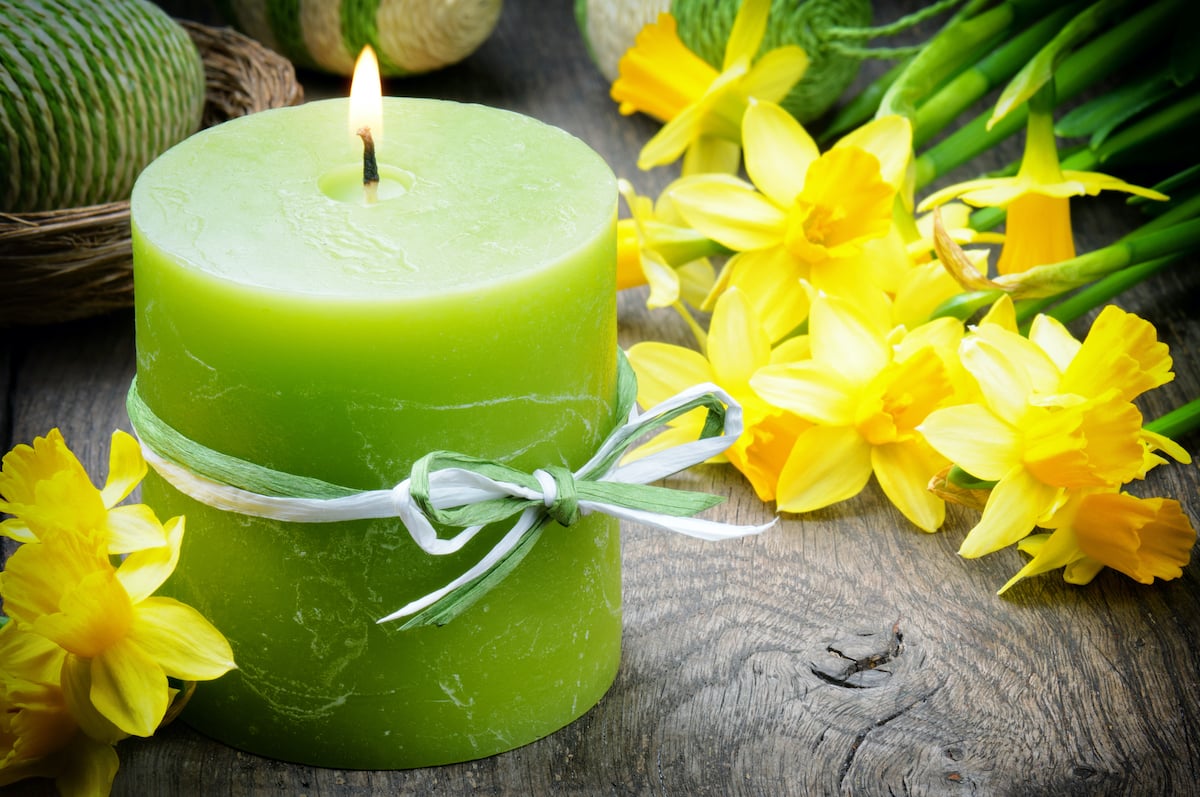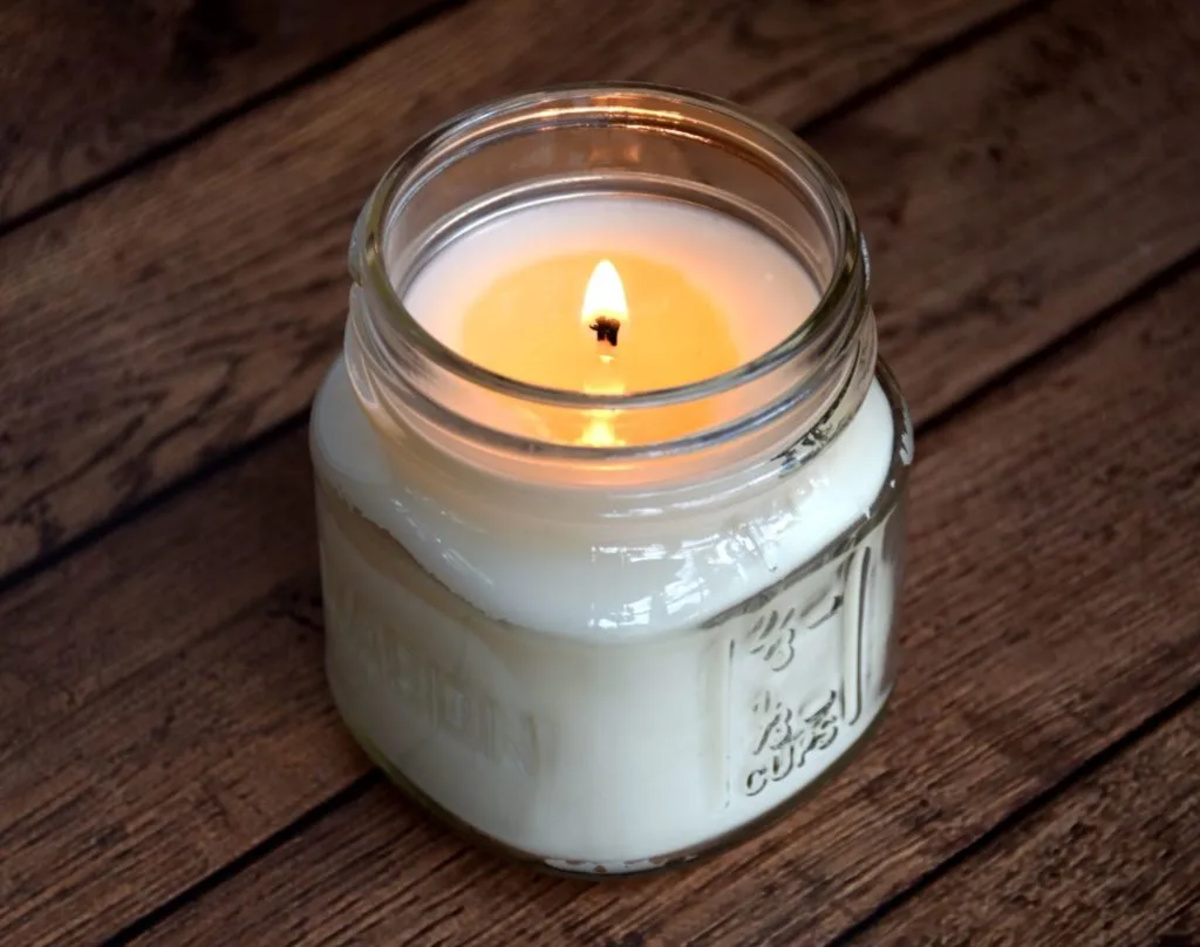

Articles
Why Cut The Wick On Candles
Modified: January 4, 2024
Discover the benefits of cutting the wick on candles and find useful articles on candle care and maintenance.
(Many of the links in this article redirect to a specific reviewed product. Your purchase of these products through affiliate links helps to generate commission for Storables.com, at no extra cost. Learn more)
Introduction
When it comes to setting a cozy and relaxing ambiance, candles are a go-to option for many people. Their warm flickering light and pleasant scent can create an atmosphere of tranquility and serenity. However, did you know that there is more to candles than just the decorative aspect? One vital element of a candle is the wick – the thread-like structure that ignites the fuel and allows the candle to burn.
In this article, we will dive deeper into the importance of the wick in candles and explore the reasons why cutting the wick is a common practice among candle enthusiasts. We will also discuss the various benefits of trimming the wick and the potential risks of neglecting this crucial step. Finally, we will provide you with the proper technique for cutting the wick to ensure optimal candle burning.
So, if you have ever wondered why cutting the wick on candles is necessary, keep reading to discover the fascinating world of candle care!
Key Takeaways:
- Regularly trimming the wick on candles enhances safety, extends burn time, and reduces smoke and soot, creating a cleaner and more enjoyable ambiance.
- Neglecting to cut the wick can lead to fire hazards, inefficient burning, and unpleasant smells, compromising the safety and aesthetic appeal of candle-lit environments.
Read more: How To Use Wood Wick Candles
The Function of a Wick in Candles
Before we delve into the reasons for cutting the wick on candles, it’s important to understand the role that the wick plays in the burning process. The wick is made from a type of fiber, typically cotton or a cotton blend, that is carefully chosen for its ability to draw up the liquid wax or fuel of the candle. When the wick is lit, it acts as a conduit, allowing the liquid wax or fuel to be vaporized and released as a flame, which produces light and heat.
But the wick’s function doesn’t end there. It also plays a crucial role in determining the size and intensity of the flame. The length and thickness of the wick impact how much fuel is being consumed and how quickly it burns. A longer wick will produce a larger flame, while a shorter wick will result in a smaller flame.
Additionally, the quality of the wick affects how efficiently the candle burns. A well-constructed wick will have a consistent flame height, reduce smoking and soot, and promote even wax melting. On the other hand, a poorly chosen or maintained wick can lead to problems such as a flickering flame, excessive smoke, uneven burning, and even potential fire hazards.
Now that we have a basic understanding of the function of a wick in candles, let’s explore the reasons why cutting the wick is a common practice.
Potential Reasons for Cutting the Wick
There are several reasons why cutting the wick on candles is a recommended practice. Let’s take a look at some of the potential reasons:
- Improved Safety: One of the main reasons for cutting the wick is to enhance the safety of candle usage. When a candle burns for an extended period, the wick tends to get longer, which can lead to a larger flame and increased risk of fire hazards. Trimming the wick helps to maintain a safe flame height, reducing the chances of accidents or accidental ignition of nearby objects.
- Prevention of Smoking and Soot: A long and untrimmed wick can create excessive smoke and soot, which not only affects the air quality but also leaves residue on the candle container or surrounding surfaces. By cutting the wick to a proper length, you can minimize smoking and soot production, contributing to a cleaner and healthier environment.
- Improved Candle Lifespan: When a wick is left too long, it can burn through the candle wax more quickly. This means your candles will not last as long as they potentially could. By regularly trimming the wick, you can help extend the lifespan of your candles and get more burn time out of them.
- Enhanced Burn Quality: Trimming the wick promotes an even and consistent burn in a candle. It helps to prevent tunneling, where the wax melts unevenly and creates a tunnel-like hole in the center. By maintaining a properly trimmed wick, you can ensure that the wax melts evenly, maximizing the fragrance throw and overall burn quality of the candle.
- Stylistic Purposes: Cutting the wick can also be done for aesthetic reasons. Some candle enthusiasts prefer to have a shorter wick as it provides a more visually pleasing and controlled flame. This can enhance the overall appearance of the candle and create a more sophisticated and polished look.
These are just a few of the potential reasons why cutting the wick on candles is commonly practiced. Now, let’s explore the benefits of trimming the wick in more detail.
Benefits of Cutting the Wick
Trimming the wick on candles offers numerous benefits that can enhance your candle burning experience. Let’s explore some of the key advantages:
- Extended Burn Time: By cutting the wick to the recommended length, you can prolong the life of your candle. A properly trimmed wick allows the flame to consume the wax at a steady rate, preventing it from burning too quickly. This means you can enjoy your favorite scents and ambiance for a longer period before needing to replace the candle.
- Reduced Smoke and Soot: A trimmed wick helps to minimize the production of smoke and soot while the candle is burning. Excessive smoke can be irritating and negatively impact the air quality in your home. By cutting the wick, you can create a cleaner and healthier environment, as well as reduce the need for frequent cleaning of candle containers and surrounding surfaces.
- Improved Safety: Shortening the wick is crucial for maintaining a safe flame height. A long wick can create a large flame that is more prone to accidentally igniting nearby objects or causing fire hazards. By regularly trimming the wick, you can ensure a controlled and safe burn, providing peace of mind during your candle-lit moments.
- Enhanced Fragrance Throw: When a candle burns with a properly trimmed wick, it allows for an efficient and consistent release of fragrance. An even and controlled burn helps to maximize the scent throw, filling the room with your desired aroma. By cutting the wick, you can ensure that the fragrance experience is at its best, creating a more enjoyable and aromatic ambiance.
- Better Aesthetic Appearance: Trimming the wick not only has functional benefits but also contributes to the visual appeal of your candles. A well-maintained wick provides a neat and tidy appearance with a steady flame, enhancing the overall aesthetic of the candle. Whether you use candles for decoration or for creating a cozy atmosphere, a trimmed wick adds a touch of elegance and sophistication.
By harnessing the benefits of cutting the wick, you can elevate your candle burning experience and make the most out of your favorite candles. However, neglecting to cut the wick can pose certain risks, which we will explore next.
Trimming the wick of a candle to 1/4 inch before lighting can help prevent excessive smoking, soot, and uneven burning, resulting in a cleaner and longer-lasting burn.
Risks of Not Cutting the Wick
When it comes to candle care, neglecting to cut the wick can lead to a number of risks and potential issues. Let’s take a closer look at the potential risks of not trimming the wick:
- Fire Hazard: When a wick is left untrimmed, it can grow longer over time. A long wick increases the likelihood of a larger flame, which poses a higher risk of fire hazards. The flame could potentially reach nearby flammable objects or cause the candle container to crack or break. To minimize the risk of accidents or fire damage, it is important to regularly trim the wick to a safe length.
- Excessive Smoke and Soot: An untrimmed wick can produce excessive smoke and soot while the candle is burning. This can result in poor air quality, leading to respiratory issues and unpleasant odors in your home. In addition, the soot can leave unsightly residue on your candle container and surrounding surfaces, requiring frequent cleaning.
- Inefficient Burning: When the wick is too long, it can cause the candle to burn unevenly. You may notice tunneling, where the wax melts down the center, leaving a significant amount of unmelted wax on the sides. This not only reduces the lifespan of the candle but also diminishes its aesthetic appeal. Trimming the wick helps to promote an even and efficient burn, ensuring that the wax is consumed evenly.
- Unpleasant Smell: An untrimmed wick can produce an unpleasant smell due to the combustion of excessive carbon deposits. This can interfere with the intended fragrance of the candle and create an undesirable scent experience. By regularly cutting the wick, you can prevent this unpleasant smell and enjoy the true fragrance of the candle.
- Wax Drips and Spills: When a wick is left too long, it can cause the candle to produce excessive wax drips and spills. The larger flame generated by a long wick can lead to an unstable burn, increasing the chances of wax splattering or overflowing from the container. Trimming the wick reduces the risk of wax accidents and helps to maintain a cleaner and more controlled burn.
These are some of the potential risks associated with not cutting the wick on candles. By understanding and addressing these risks, you can ensure a safer, cleaner, and more enjoyable candle burning experience. So, let’s move on to the proper technique for cutting the wick!
Read more: How To Make Wicks For Candles
Proper Technique for Cutting the Wick
Now that we understand the importance of trimming the wick and the risks of neglecting this step, let’s discuss the proper technique for cutting the wick on candles. Follow these steps to ensure that you trim the wick correctly:
- Choose the Right Timing: It is best to trim the wick when the candle is not lit and has cooled down. Wait until the wax has solidified before attempting to cut the wick. This will prevent any accidental burns or mishaps.
- Prepare the Tools: Gather a pair of sharp scissors or a wick trimmer specifically designed for candles. These tools will help you cut the wick cleanly and accurately.
- Measure the Length: Aim to trim the wick to a length of about ¼ inch (0.6 cm) before lighting the candle. This length is considered optimal for most candles as it promotes a safe and controlled burn.
- Cut Straight Across: Hold the scissors or wick trimmer at a 90-degree angle and carefully cut the wick in a straight line. Avoid cutting the wick at an angle or leaving it too long, as this can result in an uneven burn or an excessively large flame.
- Remove the Trimmed Wick: After cutting the wick, gently remove the trimmed portion from the candle and discard it. This will prevent any loose wick fragments from interfering with the burn process.
- Dispose of Trimmed Wicks Properly: Ensure that you dispose of the trimmed wicks in a safe manner, such as placing them in a non-combustible container or disposing of them in a waste bin. Do not leave trimmed wicks lying around, as they may still pose a fire risk.
Following these steps will help you maintain a well-trimmed wick and ensure a safer and more enjoyable candle burning experience. By consistently practicing this proper technique, you can maximize the benefits of cutting the wick and avoid the potential risks associated with neglecting this important step.
Now that you have the knowledge and technique for cutting the wick, you can enhance your candle care routine and fully appreciate the beauty and functionality of your favorite candles.
Conclusion
Cutting the wick on candles is a simple yet essential practice that can greatly improve your candle burning experience. By understanding the function of the wick and the reasons for trimming it, you can enhance both the safety and the aesthetic appeal of your candles.
Trimming the wick offers a range of benefits, including extended burn time, reduced smoke and soot, improved safety, enhanced fragrance throw, and a better overall appearance. Regularly cutting the wick ensures that your candles burn efficiently and evenly, maximizing their lifespan and creating a pleasant ambiance.
On the other hand, neglecting to trim the wick can lead to potential risks, such as fire hazards, excessive smoke and soot production, inefficient burning, unpleasant smells, and wax drips and spills. By taking the time to care for your candle wicks properly, you can avoid these risks and enjoy a safer and more enjoyable candle-lit environment.
To cut the wick correctly, remember to choose the right timing, prepare the tools, measure the length, cut straight across, remove the trimmed wick, and dispose of the trimmed wicks properly. By following these steps, you can maintain a well-maintained wick that promotes a controlled and safe burn.
So, the next time you light a candle, make it a habit to trim the wick before igniting it. Embrace the benefits of cutting the wick and ensure that your candle burning experience is both visually appealing and worry-free.
Now you have the knowledge and techniques to care for your candles properly. So go ahead, trim those wicks, and enjoy the cozy and serene atmosphere that candles bring to your space.
Frequently Asked Questions about Why Cut The Wick On Candles
Was this page helpful?
At Storables.com, we guarantee accurate and reliable information. Our content, validated by Expert Board Contributors, is crafted following stringent Editorial Policies. We're committed to providing you with well-researched, expert-backed insights for all your informational needs.
